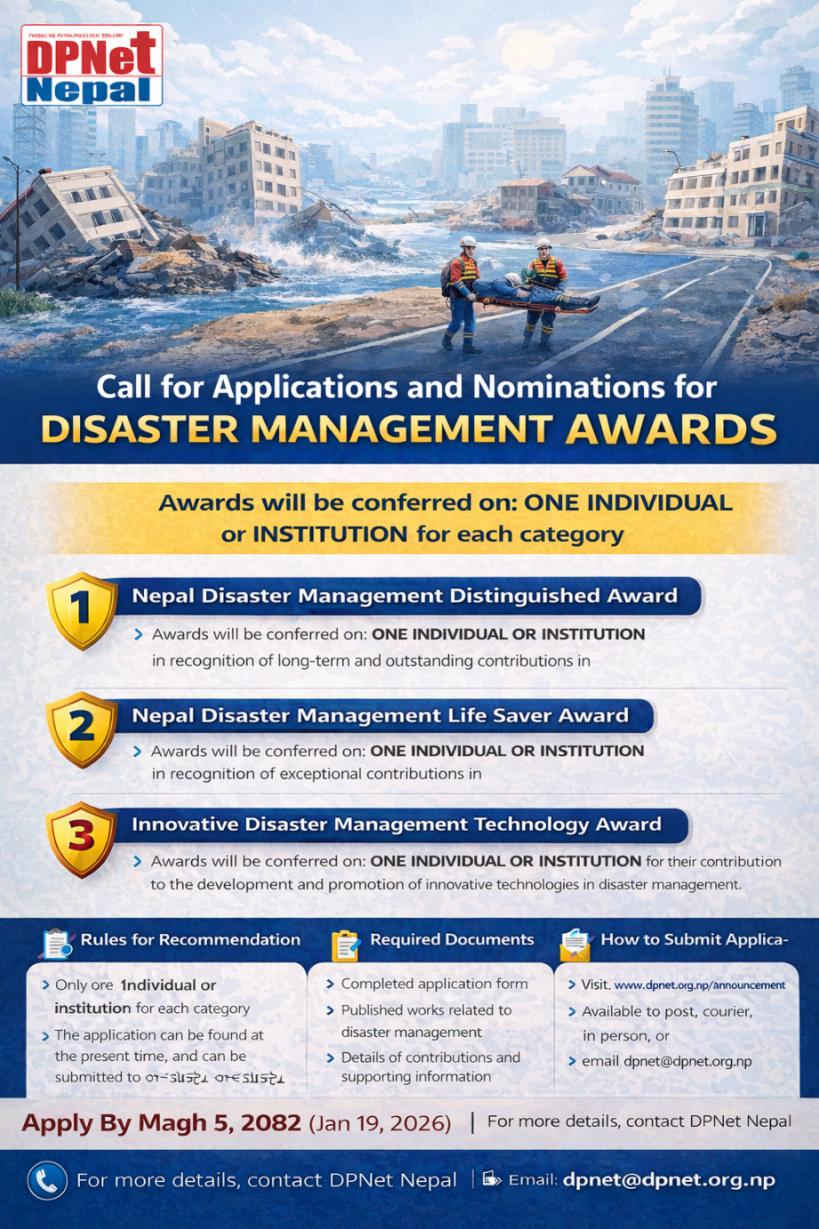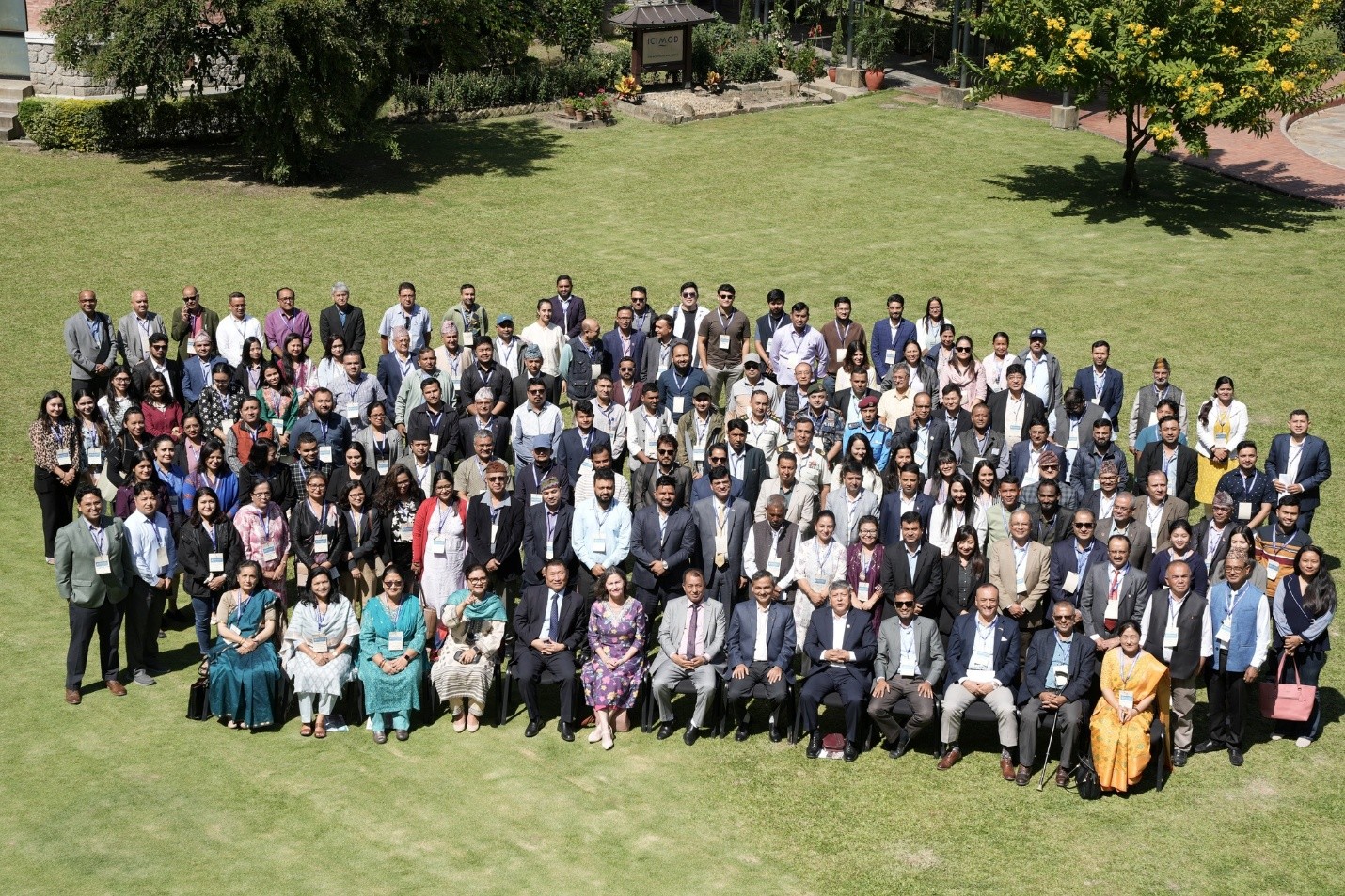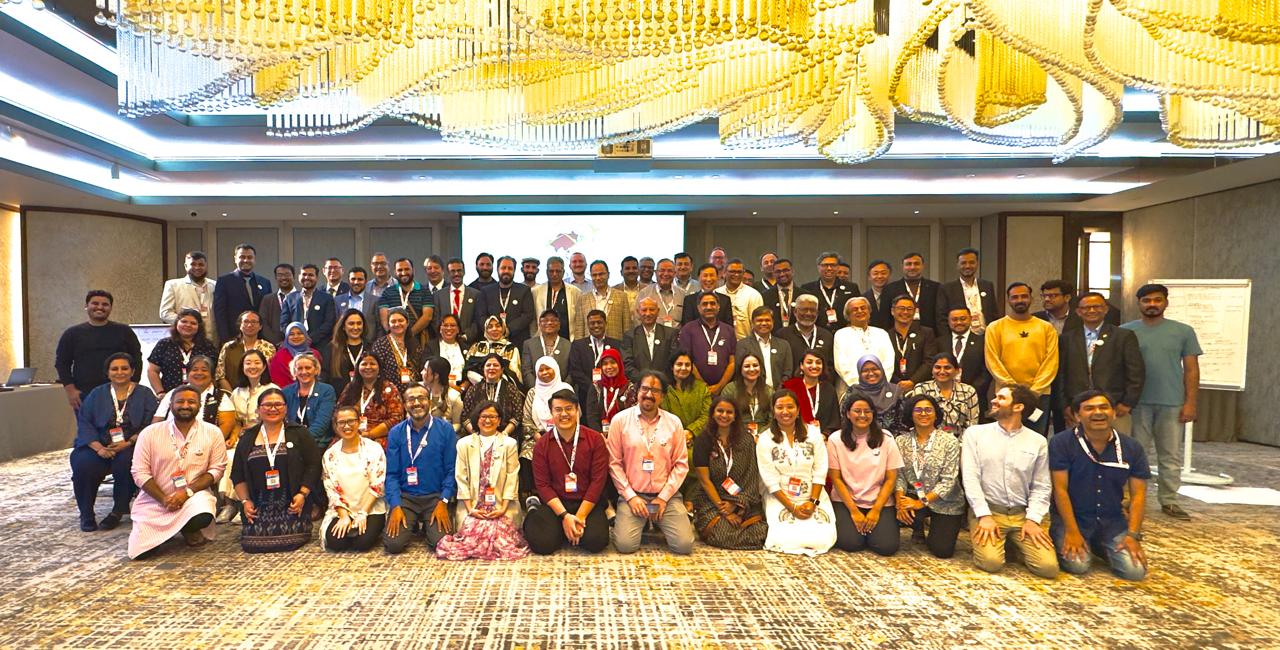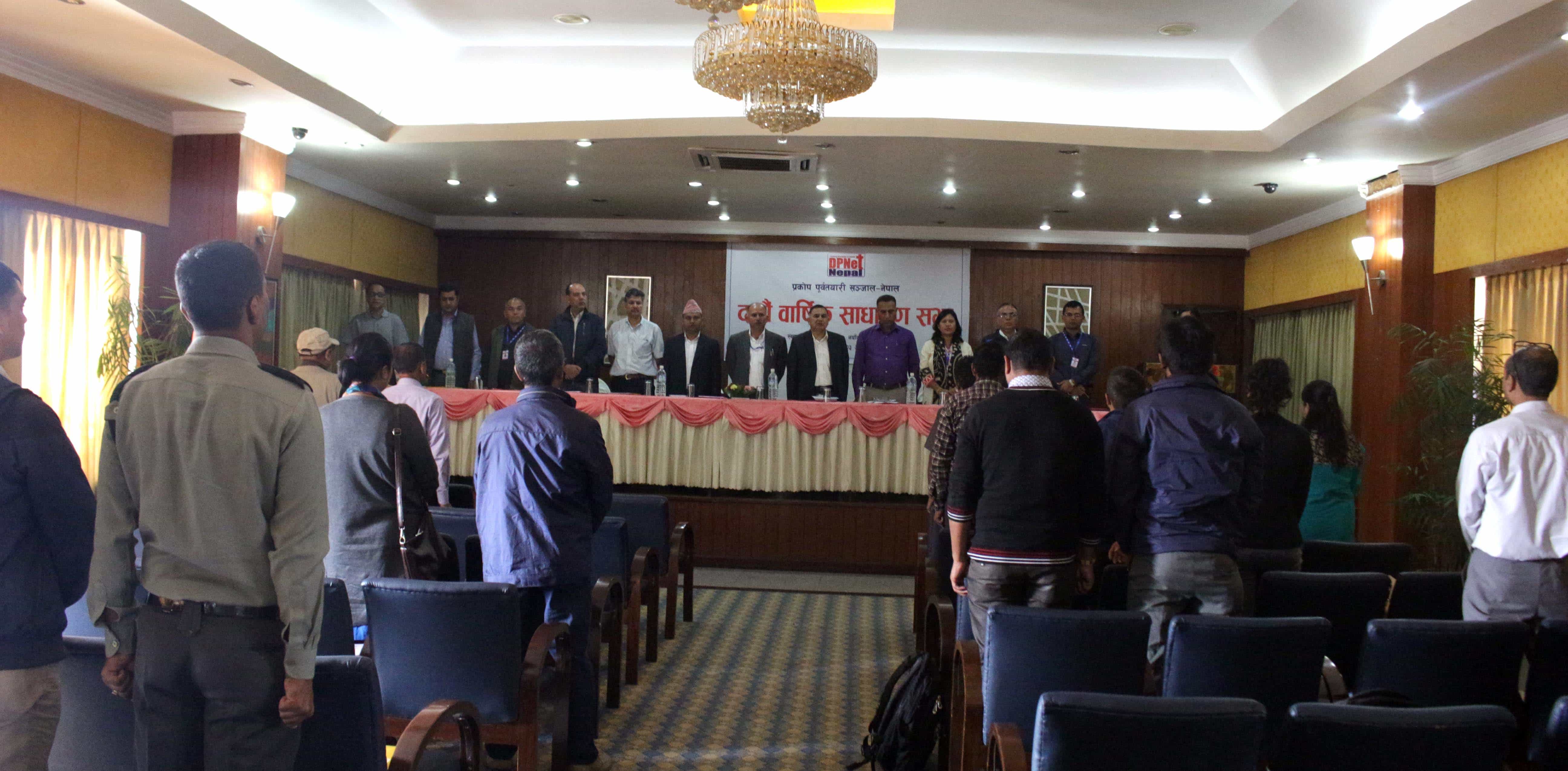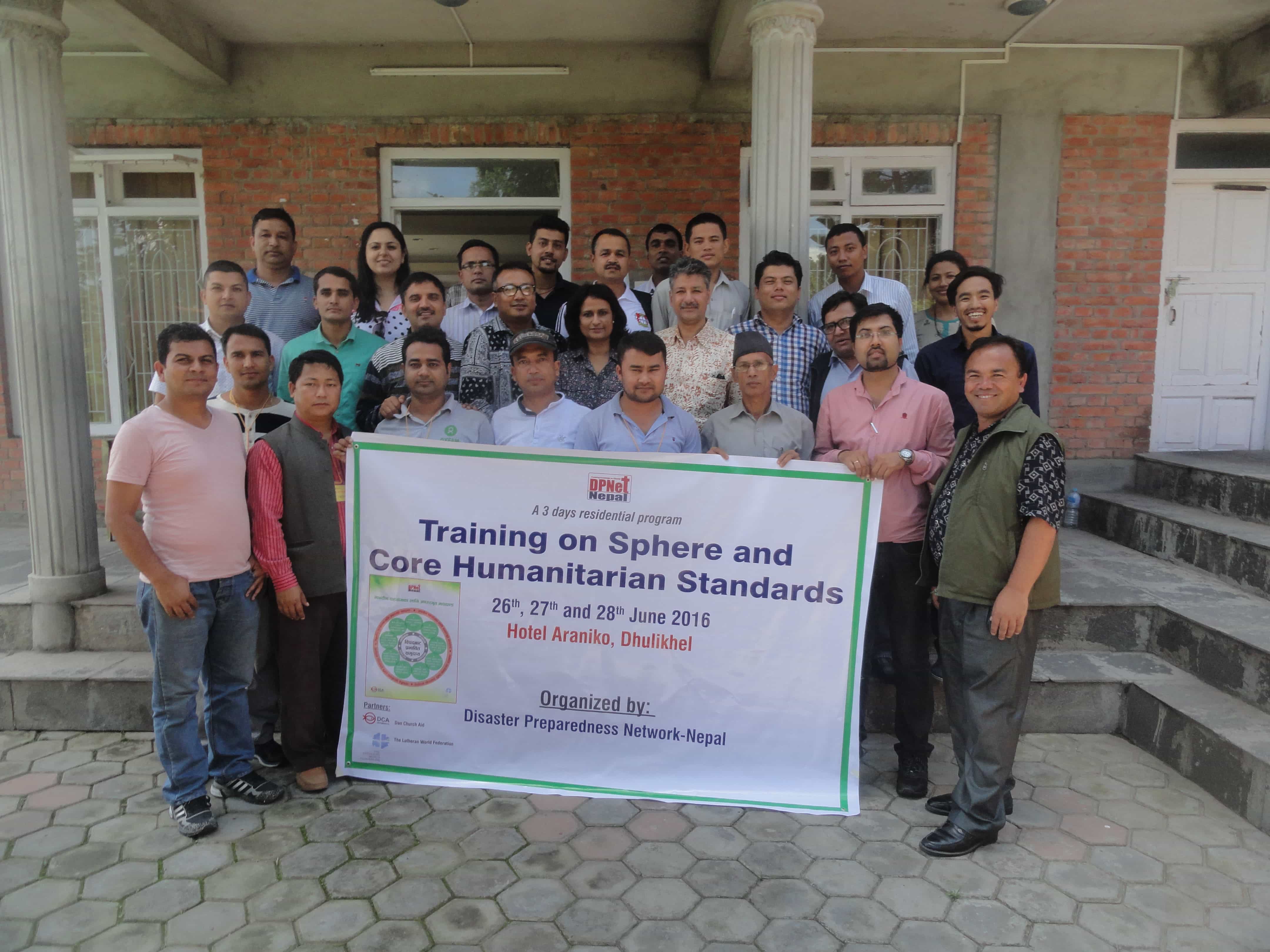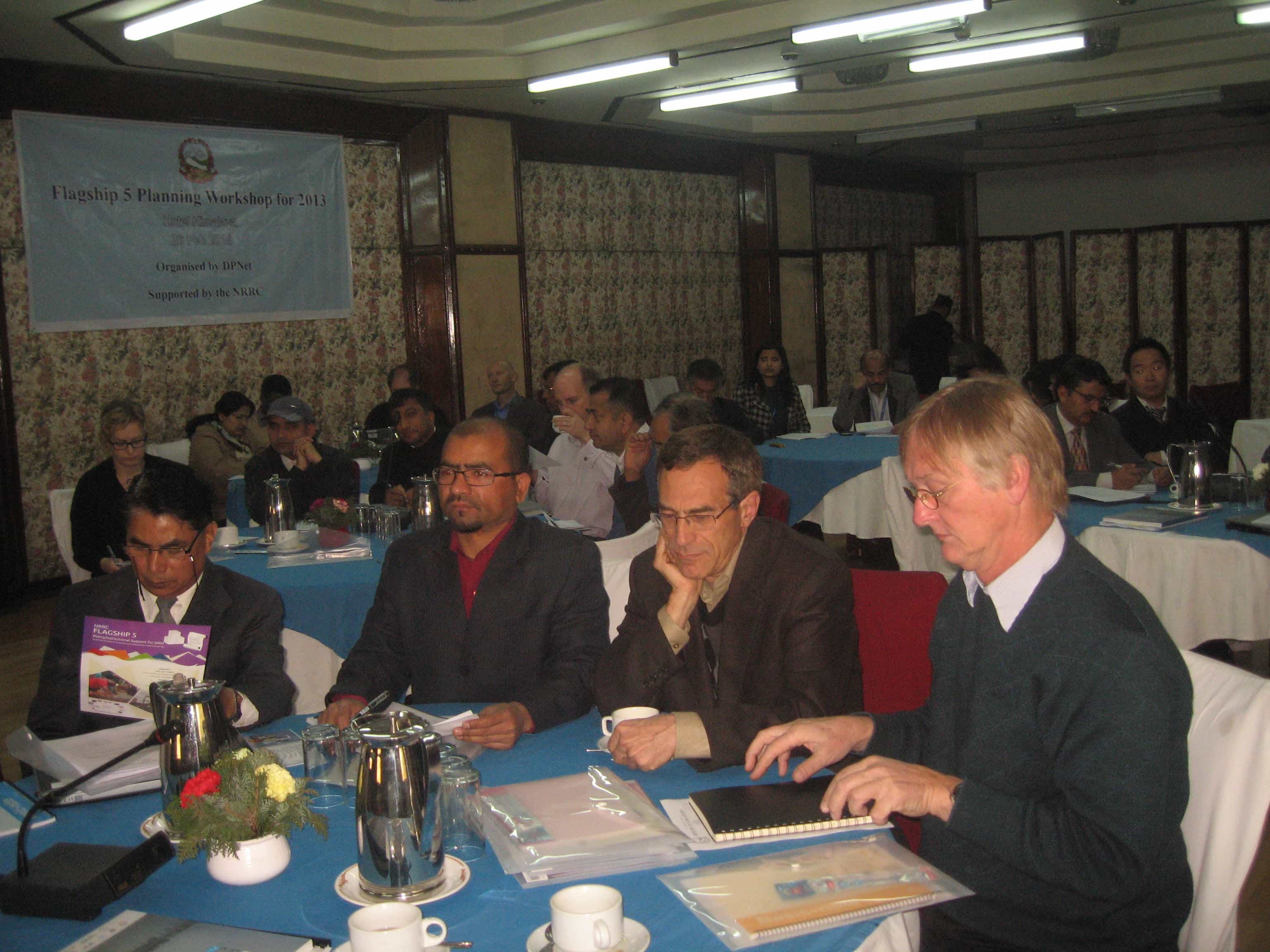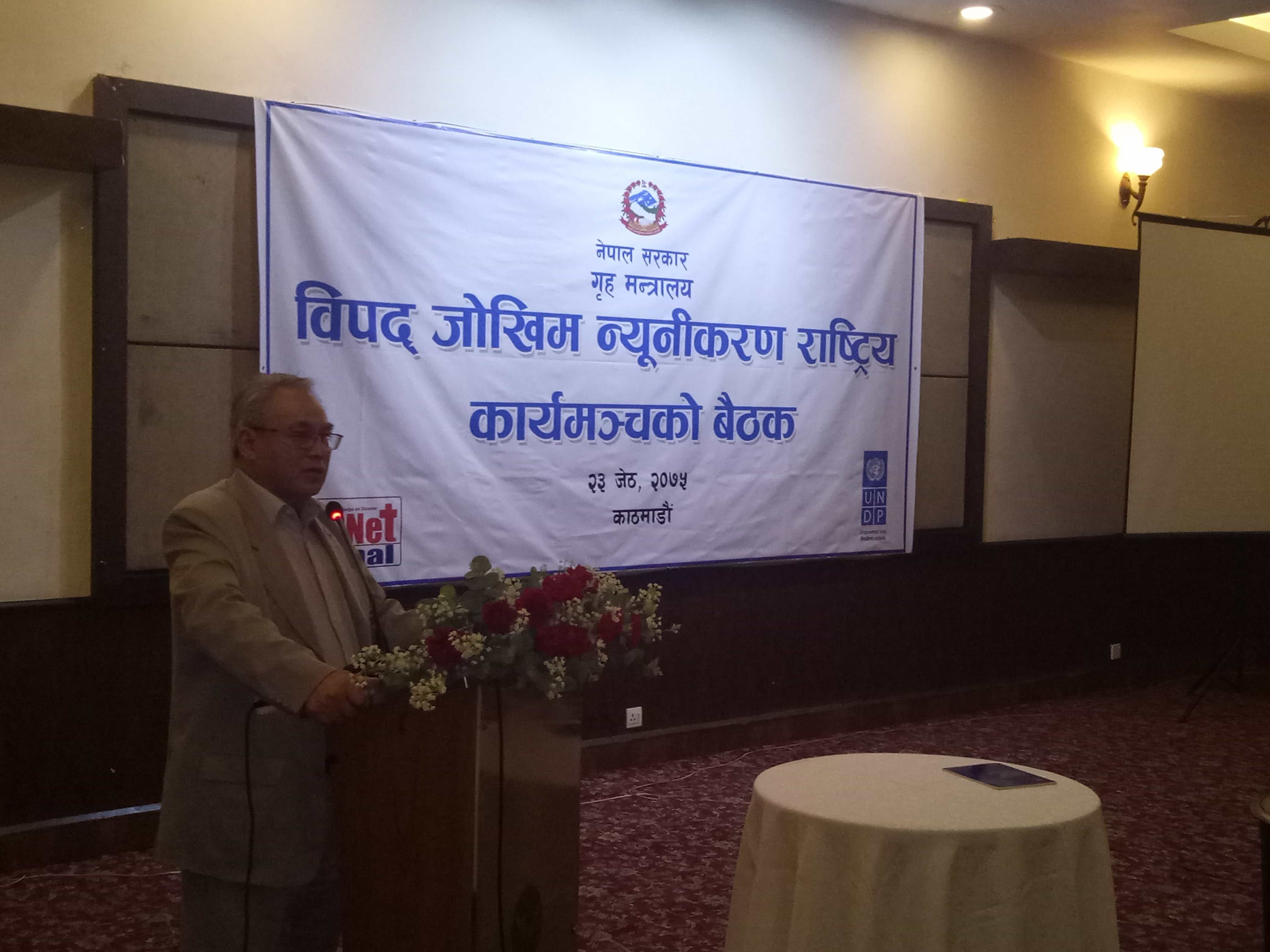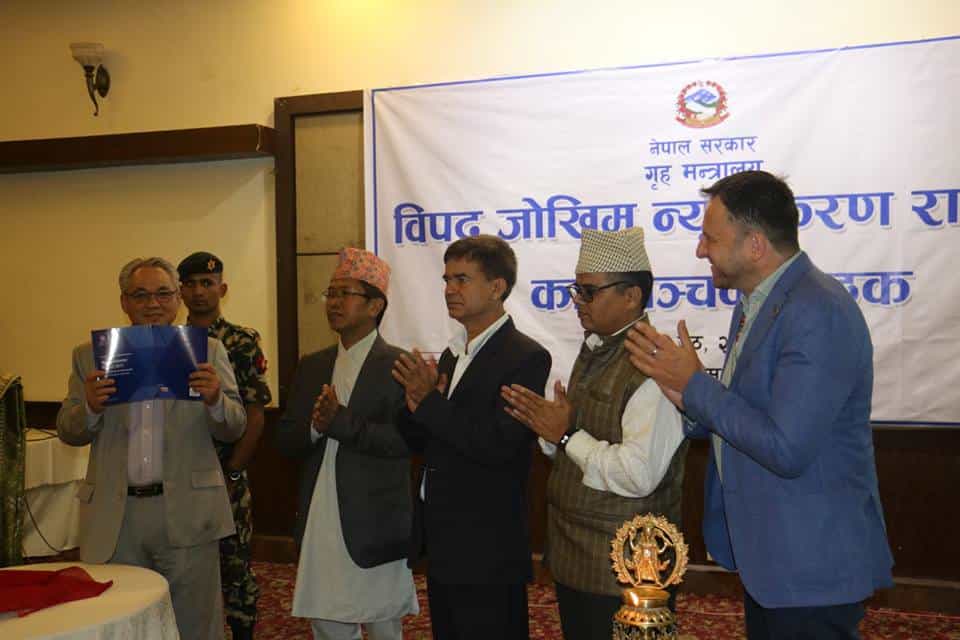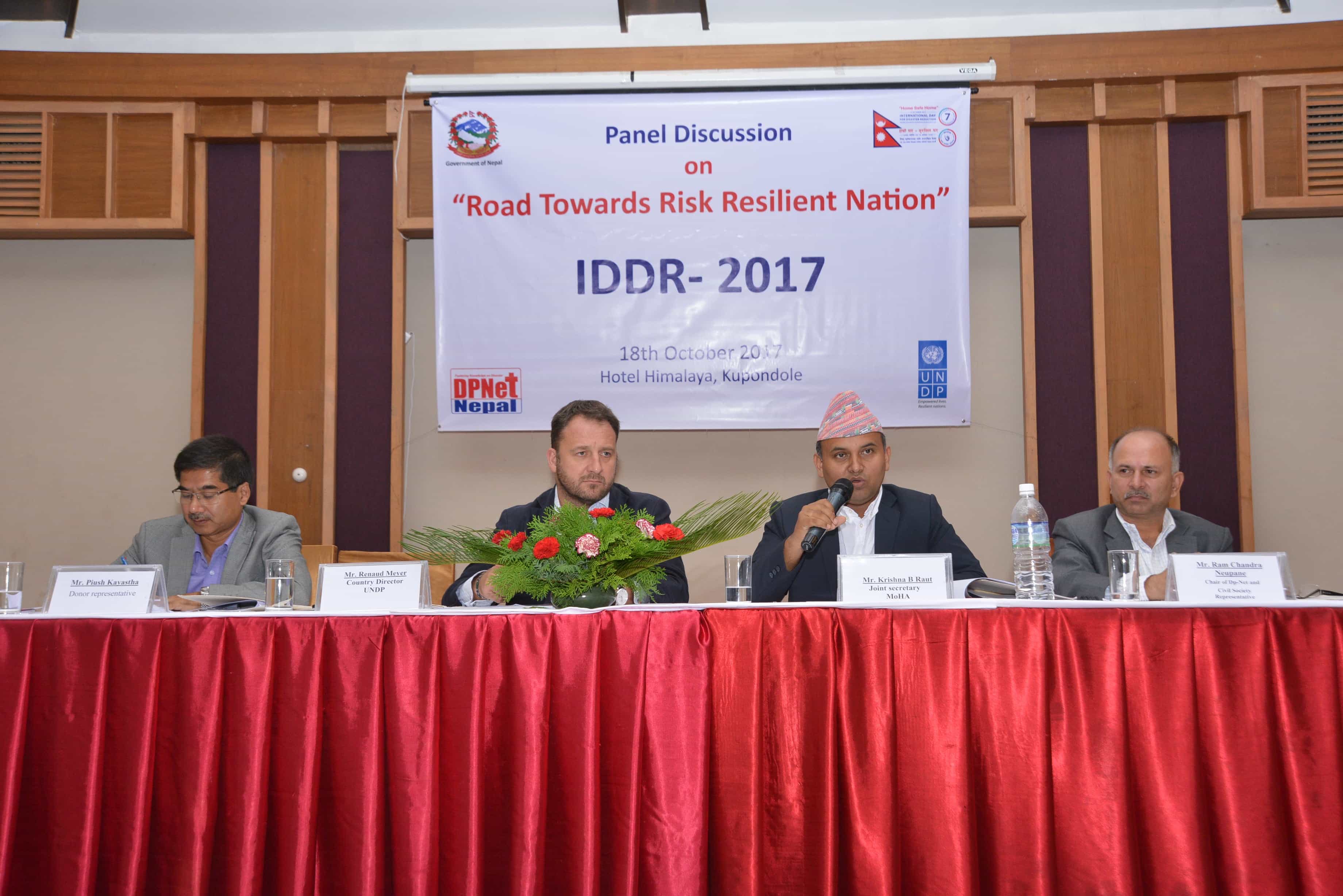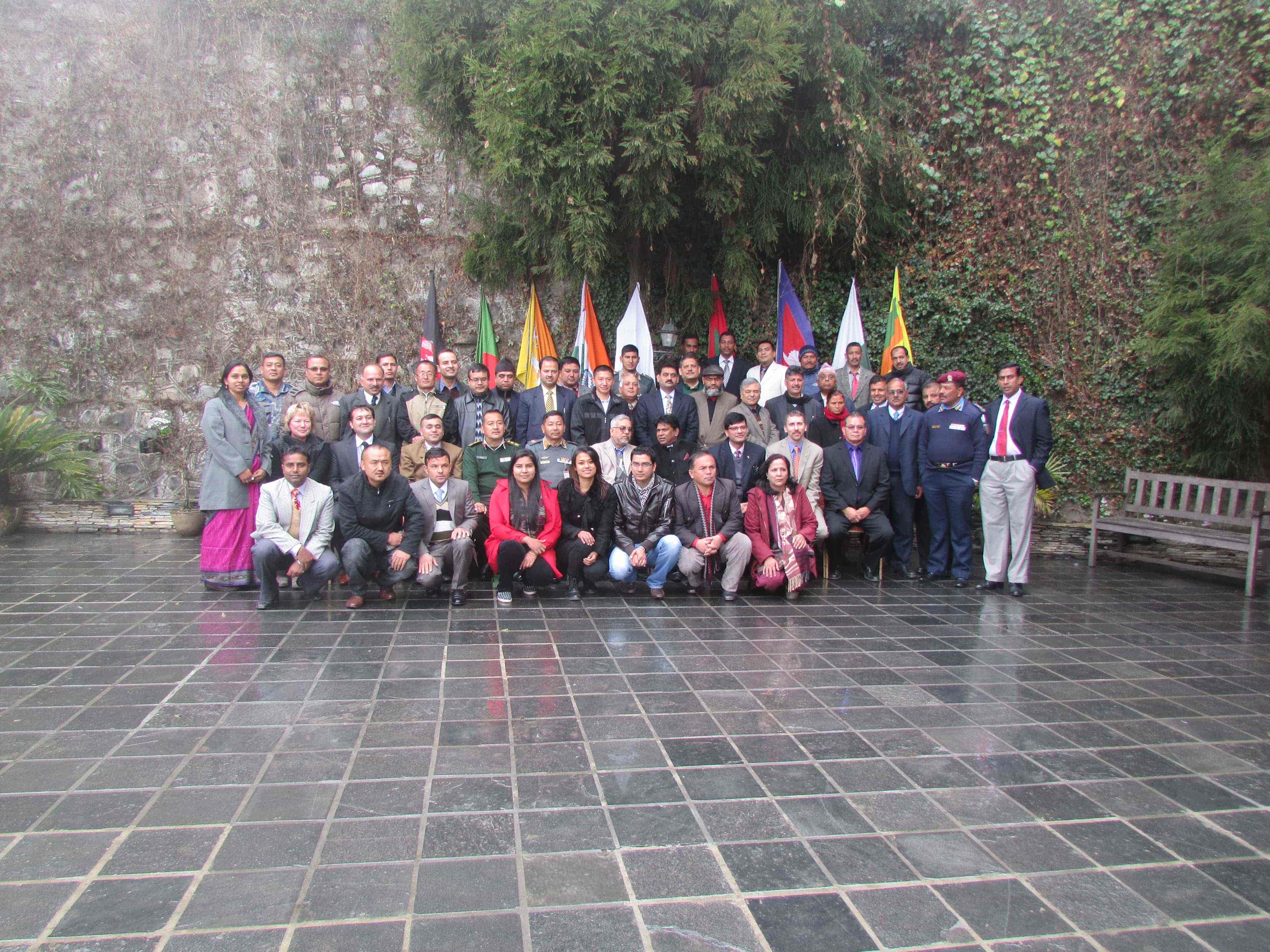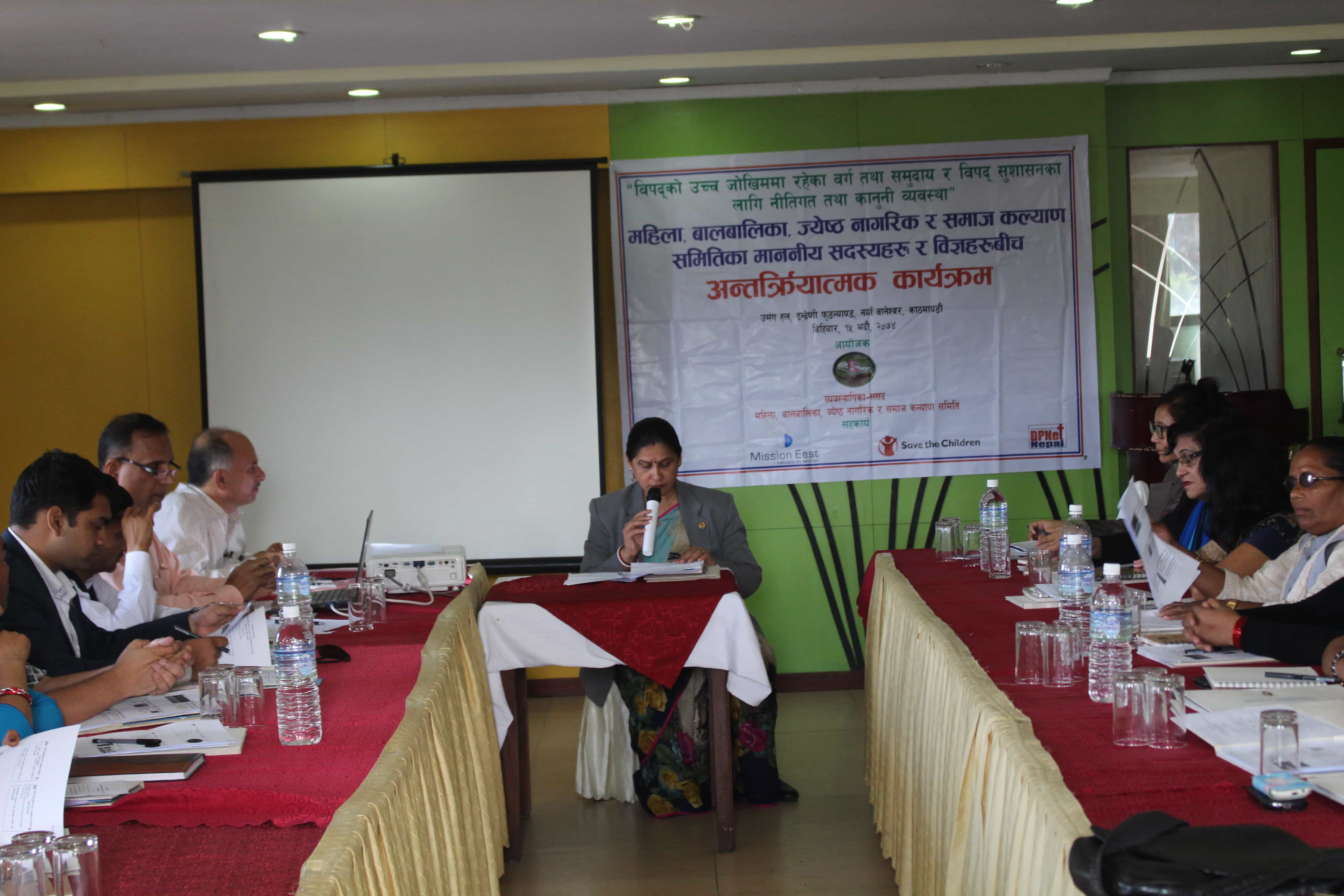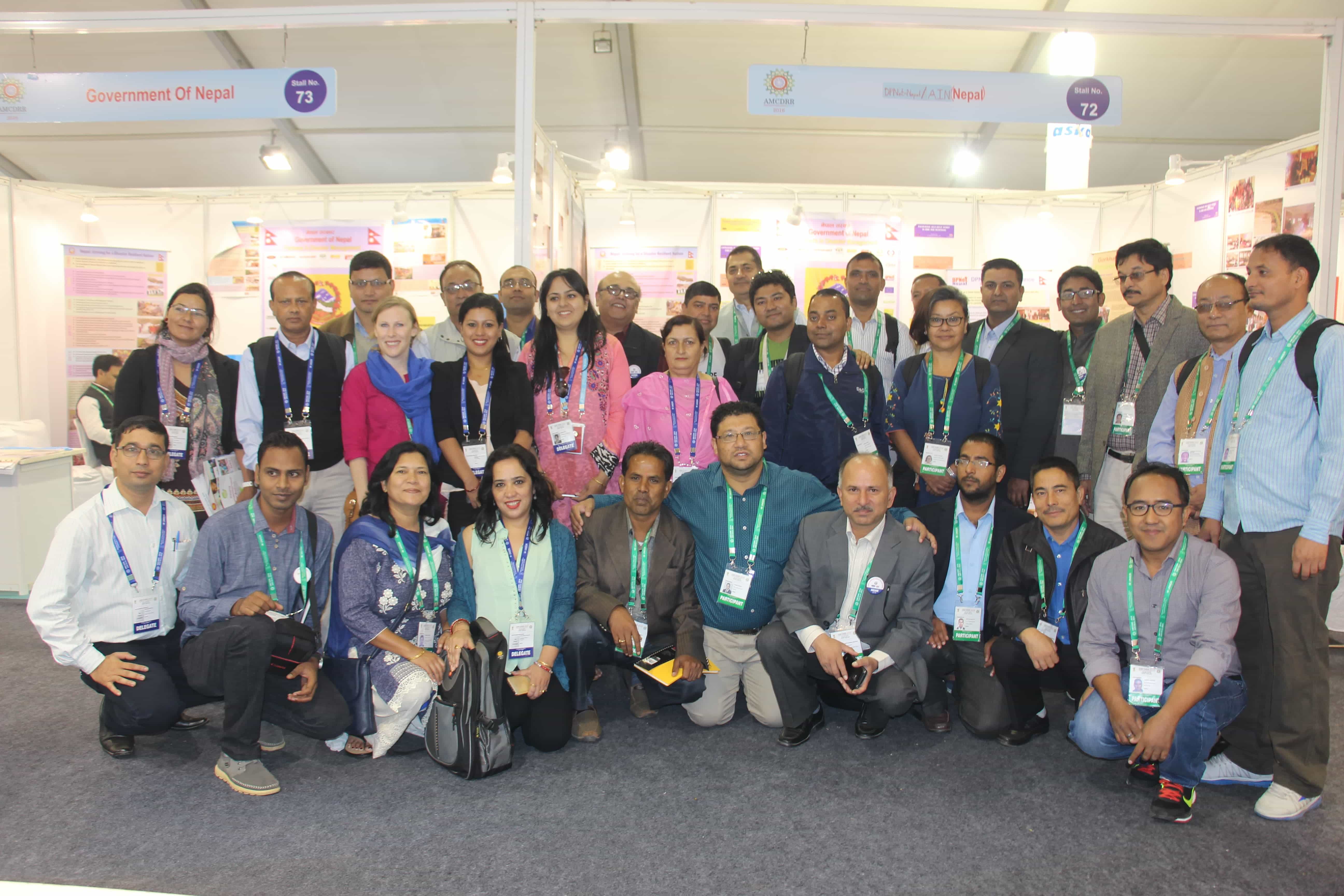DPNet Nepal and AIN Jointly set stall for the 26th Earthquake Safety Day (ESD)
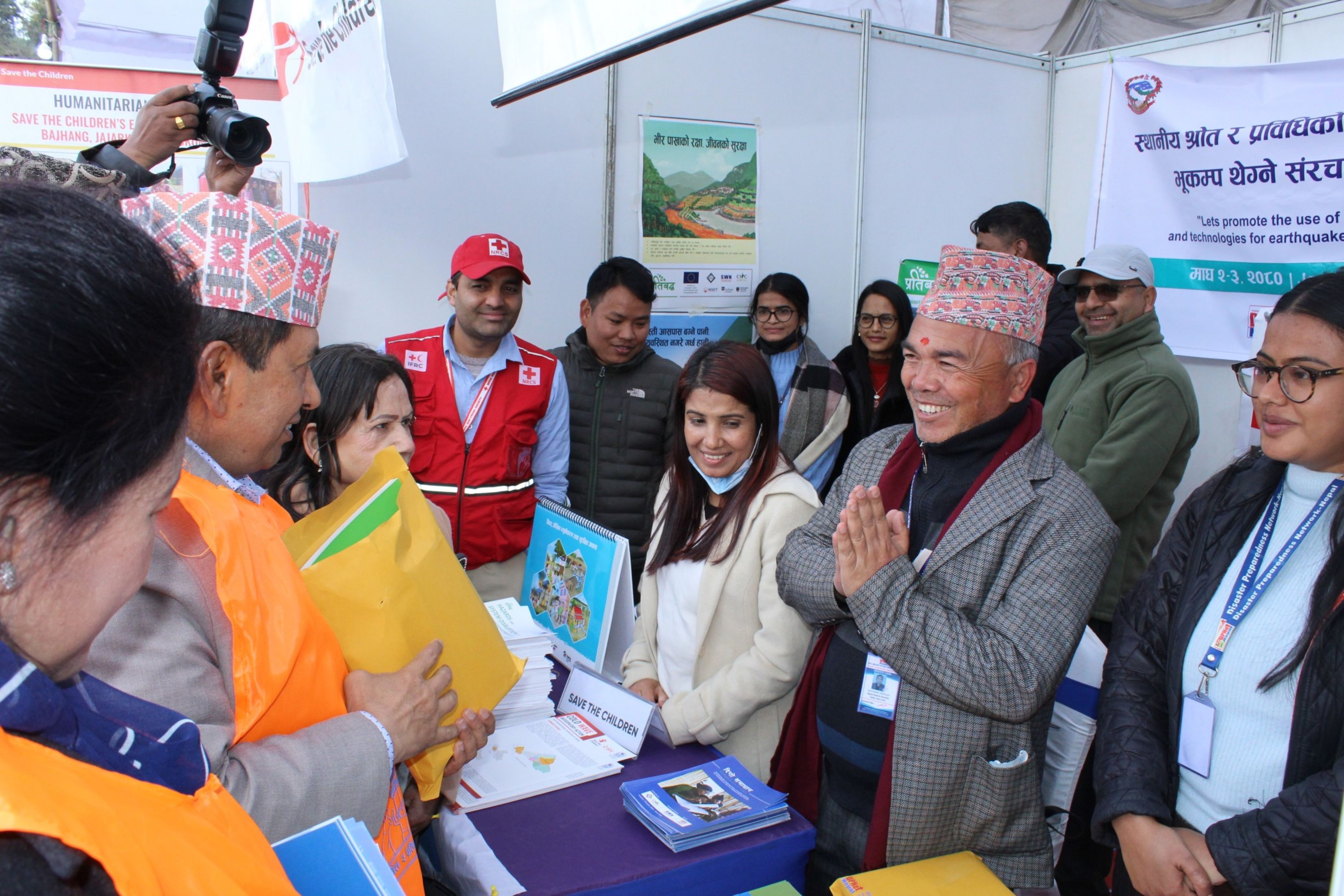
On January 16, 2024, Earthquake Safety Day (ESD) was organized ESD National Committee, under the Ministry of Home Affairs, Government of Nepal, under the theme "Let’s promote local materials and technologies for earthquake-resilient structures." The event last for 2 days on the football ground of Naikap, Chandragiri. A month-long series of one national-level symposium and seven provincial-level symposiums was planned aiming to strengthen the earthquake resilience of Nepali communities from December 31 to January 29. Participants included the National Disaster Risk Reduction and Management Authority (NDRRMA), the Ministry of Home Affairs (MoHA), the Ministry of Federal Affairs and General Administration (MoFAGA), the Ministry of Urban Development (MoUD), the Ministry of Forest and Environment (MoFE), Ministry of Health and Population (MoHP), District Administration Offices of Kathmandu, Bhaktapur, and Lalitpur, Nepal Red Cross Society, Nepal Scout, Nepal Police, Nepal Army, Armed Police Force, Valley Traffic Police, FNCCI, Nepal Engineering Association, DPNet Nepal, AIN, Nepal Nursing Association, Nepal Medical Association, and many more. The occasion featured 26 stalls, including one jointly set up by DPNet Nepal and AIN, showcasing various publications related to earthquake safety and Disaster Risk Reduction (DRR).
The first day of ESD was initiated with the National Anthem of Nepal. All the participants participated in one minute of silence to honor those deceased by the past earthquake. The welcome session was addressed by Mr. Surendra Mohan Shrestha, Director General, Department of Urban Development and Building Construction (DUDBC). The speech was led by other dignified personalities such as Hon. Prime Minister Pushpa Kamal Dahal, Hon Deputy Prime Minister, Minister of Home Affairs, and Chair of ESD National Organizing Committee Hon. Narayan Kaji Shrestha, Hon. Sita Gurung, Minister, Ministry of Urban Development, Member Secretary ESD National Committee Mr. Surya Narayan Shrestha, Executive Director, National Society for Earthquake Technology-Nepal (NSET), Ms. Hanaa Singer-Hamdy, Representative from the Resident Coordinator of United Nations, Mr. Anil Pokhrel, Executive Chief, NDRRMA.
In the speech, Hon. Prime Minister Pushpa Kamal Dahal emphasized the significance of Earthquake Safety Day and recalled that Nepal has been celebrating this annual event since 2055 BS, as a national commitment to preventing loss of life and property due to earthquakes. He recounted his prompt response to the Jajarkot earthquake and mentioned the government's decision to donate 50,000 for the construction of temporary housing after the Bajhang earthquake. Due to the series of earthquakes this year, there is a heightened focus on earthquake-safe structures. The priority now is quick preparation for reconstruction, creating earthquake-resistant designs, and utilizing local materials like stone and wood for safety. The government has ensured timely budget and policy arrangements for reconstruction, with 50,000 provided per household for temporary housing. A significant amount from the Constituency Development Fund, Rs. 10 billion, has been allocated to the disaster management fund. The prime minister emphasized that the Local leadership is encouraged to construct temporary housing, while provincial and local levels are urged to initiate permanent private housing reconstruction. He signifies that the Damage assessment and needs identification in earthquake-affected areas are almost completed. Reconstruction will commence under the leadership of provincial and local levels, coordinating actions across all three levels. The focus extends beyond housing to include public structures, economic, and cultural aspects. The constitution assigns disaster risk management responsibility to all three government levels, emphasizing careful prevention and effective response. He reminded that the Local Government Operation Act and the Disaster Act place the main disaster-related responsibilities on local governments. The prime minister highlighted that the Private sector involvement is deemed essential, not only as a liability but also as an investment in green and sustainable development, and the government is committed to facilitating such participation. Prime minister stressed that Nepal is facing not only events like earthquakes but also climate change, enhancing disasters like landslides, floods, forest fires, snow melting, and droughts. Prime minister shared that Antonio Guterres United Nations Secretary-General, who visited Nepal and saw the situation here directly, has also raised the issue that countries including Nepal should get climate justice. This is also a matter of happiness for us. Learnings from the Jajarkot and Bajhang earthquakes provide an overview regarding the need to focus on intensive risk assessment, mitigation, preparedness, and early warning systems. Emphasis will be placed on building local capacity to effectively handle major disasters. Hon. Prime Minister also informed the participant that the Council of Ministers has decided to explore the possibility of insuring all buildings and structures, including personal residences. This decision is based on the suggestion to gradually implement insurance for private residences and government structures nationwide. As a concluding remark he emphasized that for the sake of safeguarding humanity from large-scale and destructive disasters, both national and international collaboration and assistance are essential. PM highly expects cooperation and support from national and international organizations, the private sector, and non-governmental organizations in this endeavor.
The Deputy Prime Minister Minister of Home Affairs and Chair of the ESD National Organizing Committee Hon. Narayan Kaji Shrestha stressed that Nepal has experienced both small and large earthquakes at various points in its history. Notable seismic events in the last century include the Great Earthquake of 1990, the Bajhang Earthquake of 2037, the Udaypur Earthquake of 2045, and the Gorkha Earthquake of 2072. Following the Gorkha earthquake, Lamjung in 2078, Khotang in 2079, Doti in 2079, and more recently, Bajhang on Ashoj 16 and Jajarkot on Kartik 17, have all experienced moderate earthquakes. Unfortunately, even these moderate seismic events have caused significant damage and hardship. He urged the entire country to unite in efforts to minimize potential human losses from any future disasters, including earthquakes. As a representative of the government, he was wholeheartedly committed to this cause. He assured that the government will actively undertake planned initiatives to ensure institutional sustainability and tangible results in disaster risk reduction.
The first-day closing was concluded with the closing remarks from the Chair, the Coordinator for the 26th ESD Management Sub-Committee Mr. Ghanshyam Giri, Mayor, of Chandragiri Municipality. At last the Inauguration and Observation of the "Earthquake Safety Exhibition" were conducted by the Minister of Home Affairs and Chair of the ESD National Organizing Committee Hon. Narayan Kaji Shrestha.
The stall exhibition continued on the second day. At the end of the event, all the stall participants were provided with a certificate of appreciation.
